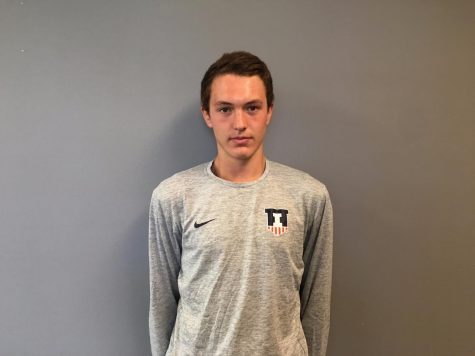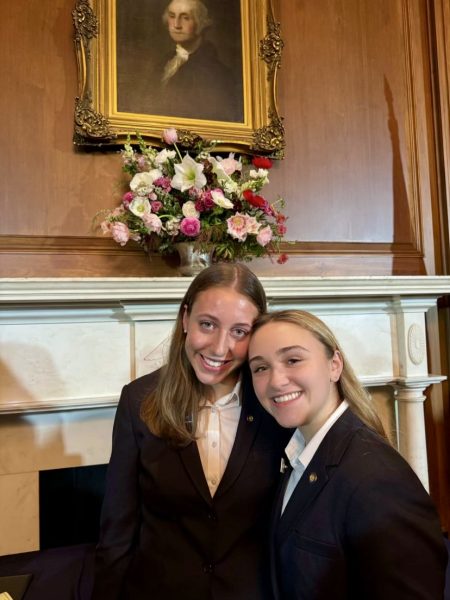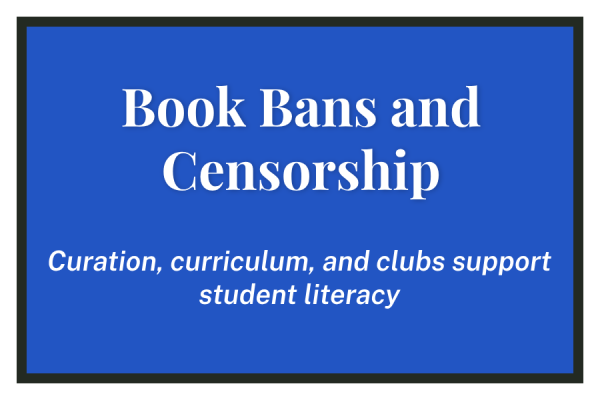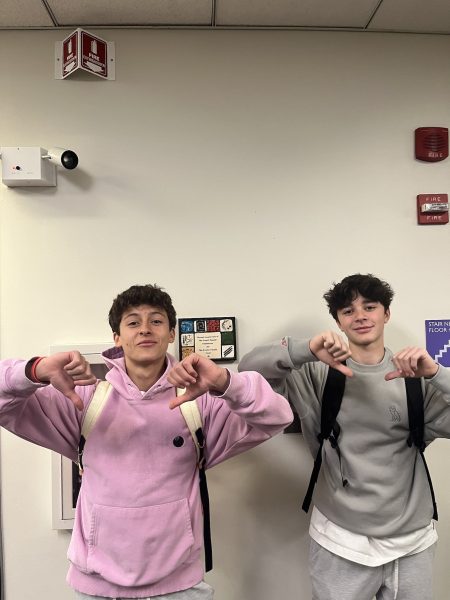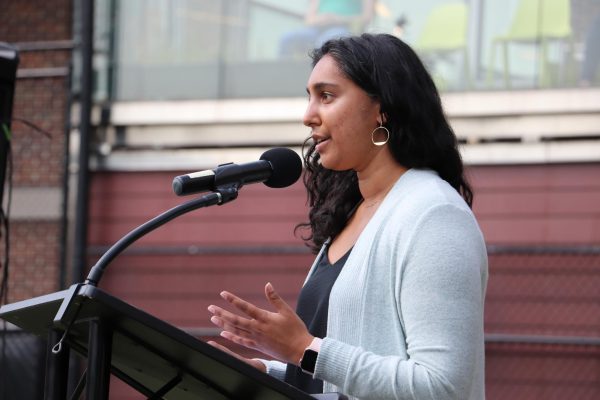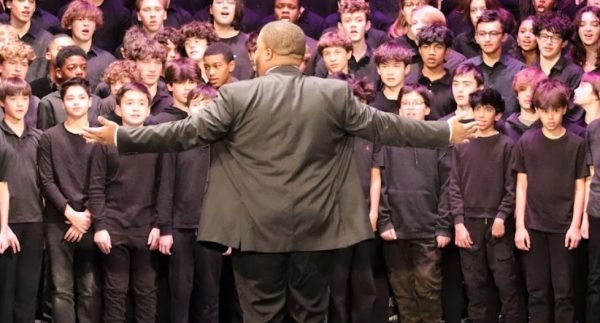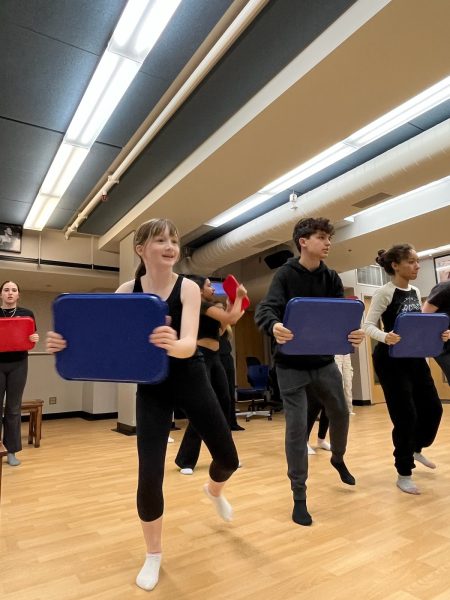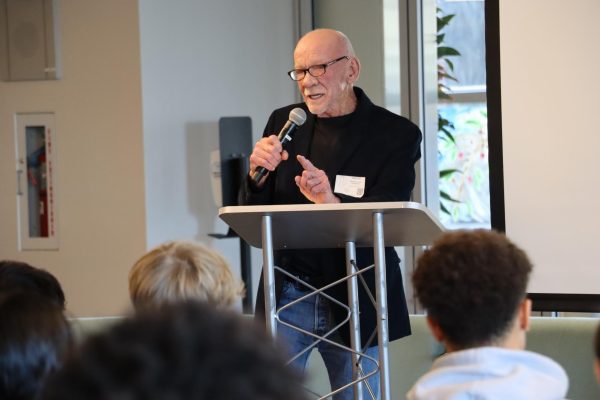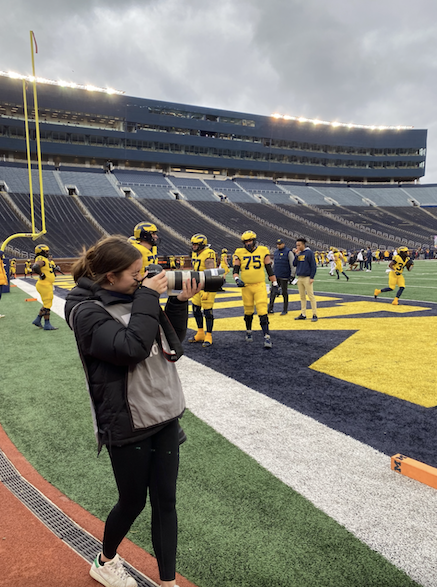U of C Dean’s Letter Triggers Debate
Safe Spaces Off-Campus and at Parker
As class began to wrap up on Thursday September 8 in Upper School History and Social Studies teacher Jeanne Barr’s American History class, Barr spoke about what the following day’s class would look like. “Tomorrow we’ll watch a short clip from ‘Amistad’,” Barr said, in reference to the 1997 Steven Spielberg film. “What I’m showing you is pretty graphic and disturbing so, although I hope you stay to watch, you can leave the room if you need to.”
Barr issued, in other words, a trigger warning, or a statement alerting the the viewer to the fact that an upcoming video — or written work, etc — contains potentially distressing material. She did so just over ten miles north of where incoming students at the University of Chicago had just received a letter from Dean of Students John Ellison, which stated that the university “does not support so-called trigger warnings,” and that they “do not condone the creation of intellectual safe spaces.” Ellison believes that the university needs to uphold its tradition of academic freedom, and allowing trigger warnings does not abide by that standard.
A safe space, according to Advocates for youth, is “a place where anyone can relax and be fully self-expressed without fear of being made to feel uncomfortable, unwelcome, or challenged” on account of targeted aspects of identity, “a place where the rules guard each person’s self-respect, dignity, and feelings and strongly encourage everyone to respect others.”
Some publications around the world have advocated for extinguishing safe spaces and trigger warnings. “Chicago’s policy is commendable,” Professor of Law Ilya Somin said in his article to “The Washington Post.” “Not only do trigger warnings inhibit free discussion of difficult issues, social science research suggests that they cause more pain and anxiety than they alleviate.”
The letter has attracted widespread attention from fellow universities as well as the eye of the public, and has provoked individuals to voice their thoughts about how places of higher learning should speak on these topics. “The Weekly” wondered about where Parker stands too.
One response in rebuttal to the UChicago letter came from Northwestern University’s President Morton Schapiro. Schapiro shared two anecdotes about how different racial and ethnic groups of students should have separate houses or safe space on campus. “Students don’t fully embrace uncomfortable learning unless they themselves are comfortable,” Schapiro said. “The irony, it seems, is that the best hope we have of creating an inclusive community is to first create spaces where students feel comfortable.”
Upper School English and Censorship teacher Cory Zeller offered a bit of nuance when relating these ideas back to Parker. “Yes, we have safe spaces for students, but we don’t necessarily have safe spaces for ideas,” Zeller said. “Where is the line between an intellectual comment versus a personal comment? In a classroom that can get really gray.”
Zeller does not always support students leaving class if they feel challenged. “Some kids like to leave the space when they feel uncomfortable, but the trouble with that is that they miss any debrief or any other shared ideas,” Zeller said. “However, I don’t want to the classroom to feel toxic.”
Sophomore Jalia Daniels-Halisi advocates for the pluralism of perspectives within the classroom because of Parker’s character.
“Parker advertises themselves as a very diverse place,” Daniels-Halisi said, “so I think that it’s really important that they preserve that diversity by going and supporting these minority groups so that we can bring out…like what LASO was doing, now people know more about Hispanics and Latinos because we’ve acknowledged them, we’ve started talking about them and bringing them up, so I think it’s important because then everyone else can learn more about different ethnicities and cultures because we’re actually putting some attention on those minorities.”
Back on the University of Chicago campus, matters could not be less unified. A few days after the dean sent his letter out, the President of the Student Body Eric Holmberg released a response citing that the university sent this letter “based on the false narrative of coddled millennials,” which was featured in the “New York Times”.
Holmberg attempted to shed light on the fact that there is a notion that millennials have been coddled when it comes to difficult topics in school, which he does not believe. He went so far as to say that “the administration is far more fearful of challenge than any student I know.”
University of Chicago junior and ‘14 Parker graduate Sampson Ohringer expressed similar views. “I think that the letter was somewhat of a publicity stunt,” Ohringer said. “People were confused on campus because the dean wrote the letter about a month before our classes were supposed to begin but weirdly at the same time that most other schools begin their terms.”
“I wouldn’t say that I agree or disagree with what the dean said,” Ohringer said. “I was more so surprised at the timing of it all.”
Ohringer shared views with current Wesleyan University President Michael S. Roth who said the letter was a publicity stunt. “Gosh is there any doubt?” Roth wrote in the “New York Times”. “The letter is not coddling students, but coddling donors.”
Ohringer also alluded to the idea that many faculty don’t necessarily agree with what the dean sent out. “The faculty will continue to use triggers if they want, the letter wasn’t trying to stop that,” he said. “In fact, after the letter dropped, the faculty began talking more about how the university can be welcoming.”
According to Ohringer, the purpose of the letter was not solely to enforcing the academic freedom at the university.
“To me, the letter was an attempt to rebrand the university,” Ohringer said. “We wanted to drop our reputation of being weird and begin to associate with other top tier universities in that way.”
While at Parker, Ohringer never came across prohibitive safe spaces or trigger warnings. “I always felt like I could say what I thought in school, but I don’t think that safe spaces and triggers were talked about very much,” he said. “They have become more of an issue in the news lately, so that has drawn my attention to them, and now that they are becoming news at University of Chicago, I know them pretty well.
In terms of safe spaces and trigger warnings at Parker, Upper School Counselor and Adjunct Professor at the University of Chicago Binita Donohue believes that they take shape differently here. ,” Donohue said “Safe spaces at Parker relate to the affinity groups and provide a deliberate place to talk through something in order to process it well.”
Whether a publicity stunt or not, the letter dispersed from the University of Chicago ignited already existing tensions surrounding free speech and safety.
